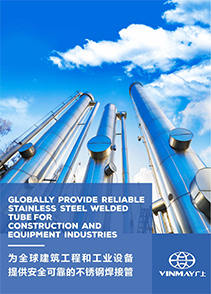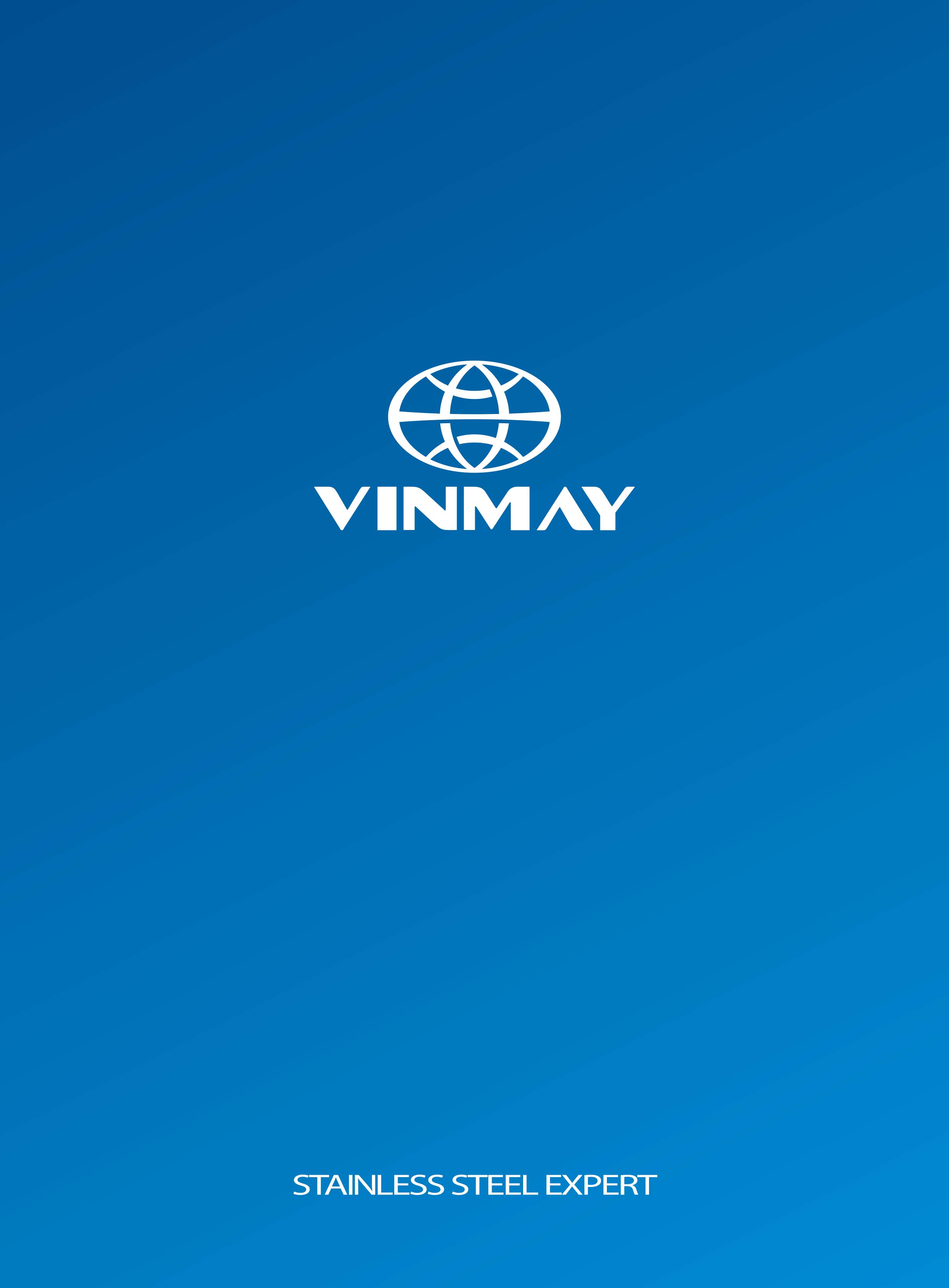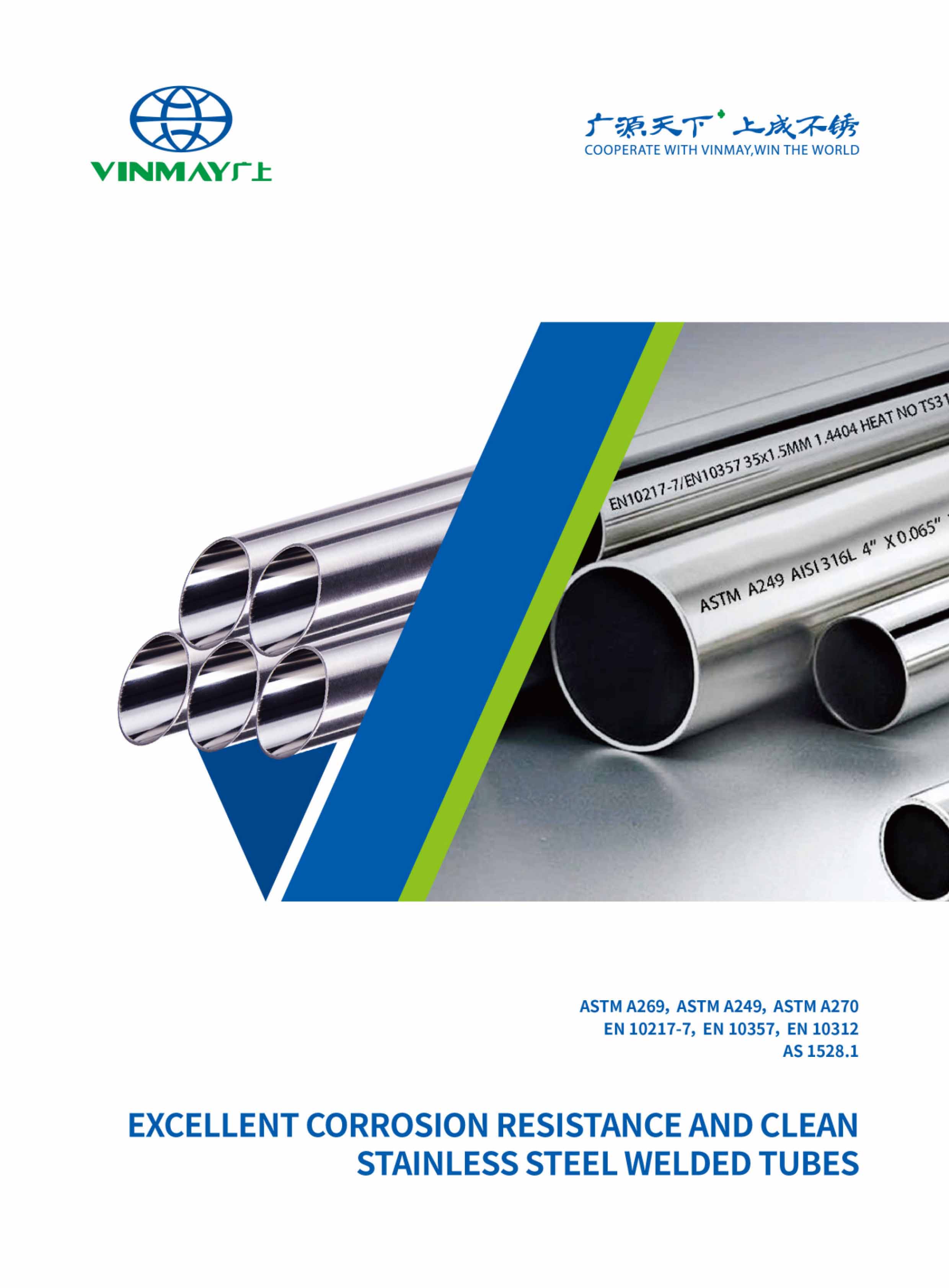In the competitive world of industrial procurement, every dollar saved can significantly impact your project's bottom line. Bulk stainless steel pipe orders represent a substantial investment for industrial buyers, project contractors, and procurement managers. This guide will walk you through proven strategies to optimize your purchasing process and reduce costs without compromising quality.

Proper planning is key when buying stainless steel pipes in bulk. By clearly defining the project’s needs upfront, procurement managers can avoid overordering or buying unnecessary materials. Knowing the exact bulk stainless steel pipe types, size, grade, and surface finish required ensures the right products are ordered, helping to avoid paying for extras that aren't needed.
Equally important is getting the logistics right. Aligning delivery schedules with project timelines helps prevent unnecessary storage fees and costly rush deliveries. It’s also a good idea to consolidate orders into fewer shipments, which can reduce transportation costs. Planning for nearby storage solutions can save on handling and warehousing expenses too.
By taking the time to evaluate both the project’s requirements and the logistics involved, procurement teams can control costs more effectively. Whether ordering for large-scale construction or industrial use, bulk purchasing stainless steel pipe with a well-thought-out plan ensures cost efficiency and smooth operations from start to finish.
Learn More:
Given the impact supplier selection has on procurement costs and project timelines, procurement managers should research and compare multiple stainless steel pipe suppliers before finalizing bulk stainless steel pipe orders.
A detailed comparison helps identify competitive pricing and favorable terms, ensuring cost-efficiency. One crucial decision is choosing between local vs. global suppliers.
Local suppliers are often more convenient, offering shorter lead times and lower shipping costs. They also provide a more personalized level of customer support. However, they may have limited inventory and higher unit prices due to regional constraints.
Global suppliers, on the other hand, can offer larger quantities and more competitive prices. But, they typically come with higher shipping costs, longer lead times, and the risk of customs delays.
Evaluating supplier reliability is essential. Consider delivery consistency, product quality, and customer support responsiveness. Delays or poor-quality materials can inflate costs and disrupt schedules.

Effective negotiation of pricing and payment terms plays a crucial role in lowering costs for bulk stainless steel pipe orders. By leveraging purchase volume to secure discounts and considering flexible payment options, you can improve cash flow management and optimize procurement.
A comprehensive cost analysis allows you to grasp supplier pricing structures and market trends. Cultivating strong, long-term relationships with suppliers often results in better pricing. Additionally, seeking competitive bids from multiple suppliers can drive more favorable terms and price reductions.
Bulk orders come with their own set of opportunities for discounts, but maximizing these savings requires strategic planning. Communicating your order volume and purchase frequency ensures suppliers offer the most competitive rates. Moreover, understanding tiered pricing structures helps pinpoint the most cost-effective purchasing thresholds.
Beyond pricing, negotiating payment terms can provide significant advantages. Flexible arrangements, such as extended credit periods or installment payments, ease immediate financial burdens, offering more control over cash flow.
Lastly, it's essential to document all negotiated terms, including unit prices, payment conditions, and delivery schedules. This guarantees transparency and accountability in the procurement process, helping to avoid misunderstandings and ensuring a solid foundation for long-term partnerships.
Timing purchases around supplier promotions and market trends can greatly optimize costs. Many suppliers offer seasonal discounts to manage inventory, and procurement teams can take advantage of these opportunities by:
An important consideration is market price fluctuations, particularly with metals like nickel, which directly impact the cost of stainless steel. During periods of low nickel prices, buyers can lock in better deals on bulk stainless steel pipes, while being mindful of price increases during times of high demand or volatility in the raw material markets.
Additionally, negotiating added incentives, such as free shipping or extended warranties, during promotional periods can further reduce overall costs.
By combining strategic pricing negotiations, bulk stainless steel pipes discount advantages, and an understanding of seasonal market fluctuations, buyers can achieve substantial procurement cost savings while maintaining financial flexibility.
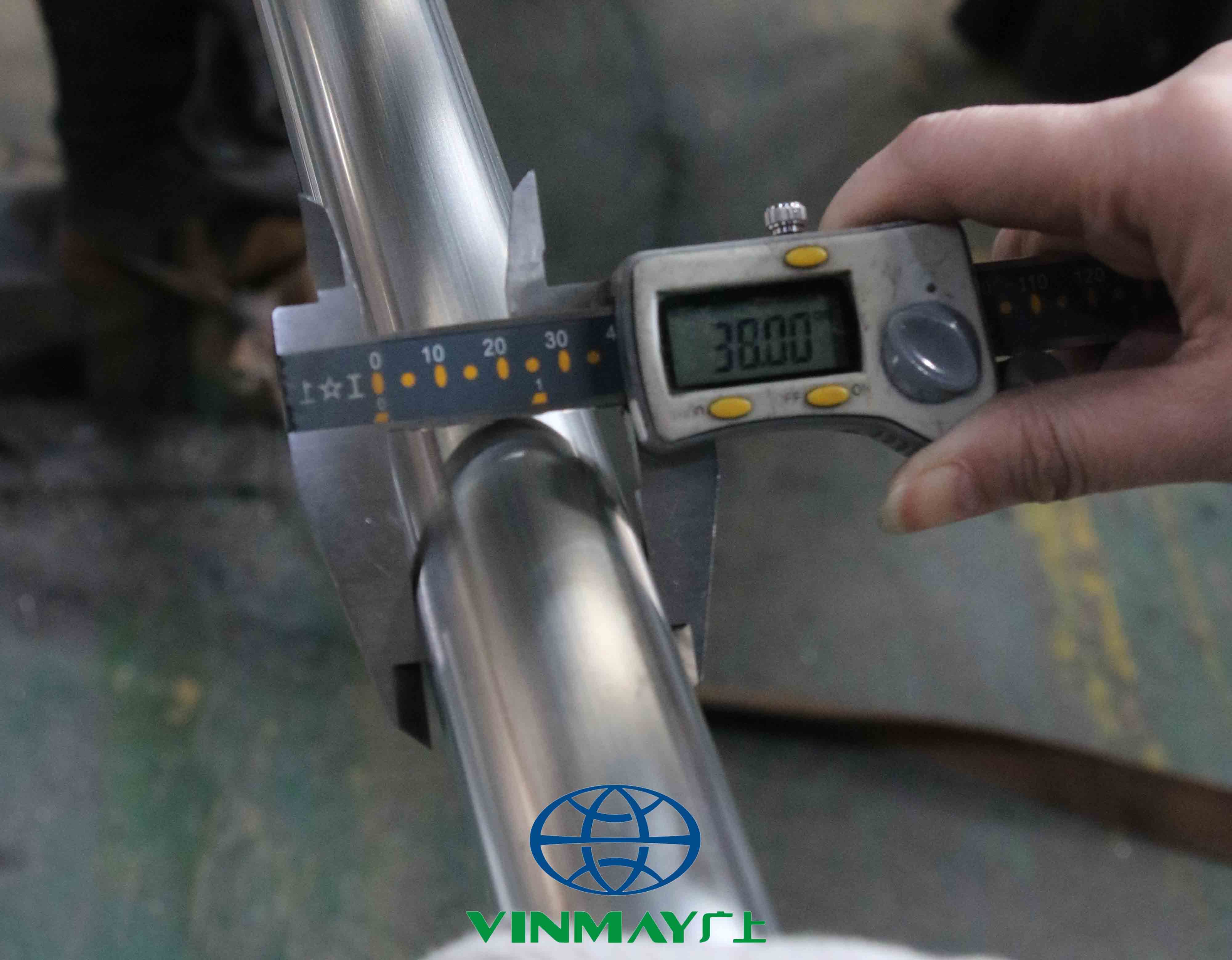
Opting for standardized sizes and specifications can lower procurement costs. Bulk stainless steel pipe in standard sizes is produced in larger volumes, leading to better pricing and shorter lead times. Custom sizes can be expensive and slow to produce.
Material grade substitution can also help cut costs. For example, choosing 304 stainless steel instead of 316L can reduce costs without losing performance in many cases. Understanding these cost/performance trade-offs is crucial.
Right-sizing pipes is another key factor. Choosing the correct pipe size and wall thickness reduces material waste. Engineering teams can adjust pipe dimensions to meet exact project needs, saving money and avoiding overordering.
Standardized pipes also simplify quality control. There’s less chance of errors or misunderstandings between suppliers and buyers. Plus, these pipes are easier to integrate with existing systems, reducing downtime and maintenance costs.
When purchasing bulk stainless steel pipes, considering surplus or used steel pipes can be an effective strategy for cost control. These pipes are typically priced lower, providing significant savings on procurement.
Surplus steel pipes refer to excess inventory from suppliers or manufacturers, often due to canceled projects or reduced order quantities. Since these pipes haven’t been used in other projects, they can usually be sold at a lower price. Purchasing surplus pipes not only saves money but also helps reduce material waste, making it an environmentally friendly and economical option.
On the other hand, used steel pipes are pipes that have been previously utilized but have been inspected and refurbished for reuse. For applications that don’t require extreme performance, used steel pipes can offer substantial cost savings. They are commonly used in projects where high pressure or high strength isn’t critical.
When using surplus or used steel pipes, it’s essential to ensure they meet the necessary quality standards. Pipes should undergo required testing and certification to confirm they can handle the intended loads and conditions, preventing costly repairs or replacements down the line.
Additionally, working with reputable suppliers is key to ensuring the quality of the pipes. Partnering with trusted, experienced suppliers significantly reduces procurement risks.
See Also - Stainless Steel Pipe Applications
When it comes to bulk stainless steel pipe orders, it’s tempting to focus solely on reducing costs. However, cutting corners in the wrong areas can lead to much higher costs down the line. From poor material choices to overlooking certifications, the path to saving money can be fraught with potential pitfalls. It’s important to weigh the initial savings against long-term consequences.
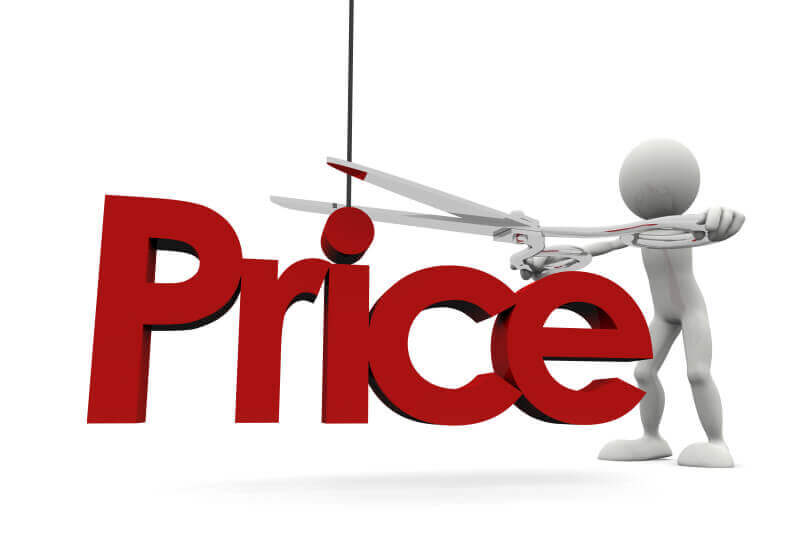
When it comes to bulk stainless steel pipe orders, going for the cheapest option may seem like a smart way to cut costs. However, it can lead to serious issues down the road.
Low-cost pipes can result in:
Learn How to Prevent Stainless Steel Tube Corrosion
Always verify that the bulk stainless steel pipes meet industry standards. Choosing pipes without proper certifications can result in faulty materials, project delays, or compliance issues.
Critical Standards to Verify:
Recommended Price Indices:
By avoiding these pitfalls, you’ll make smarter purchasing decisions that protect your project’s budget, timeline, and overall success.
Common stainless steel pipe grades for bulk orders include 304 Stainless, 316 Stainless, Duplex Stainless, and Ferritic Stainless, each offering distinct corrosion resistance, strength, durability, and cost-effectiveness, essential considerations for controlled procurement decisions.
See Also - Stainless Steel 304 Vs 316
Does increasing pipe wall thickness truly enhance pipe performance, or does it unnecessarily inflate expenses? A detailed cost analysis reveals thicker walls raise material prices, transportation charges, and labor costs, greatly impacting overall budgets.
Quality certifications for bulk stainless steel pipes, issued by recognized certification bodies, guarantee adherence to stringent quality standards. Certifications such as ASTM or ISO mitigate risks, enhancing reliability and providing essential control over project integrity.
Customization options for stainless steel pipes exist, allowing post-purchase modifications such as resizing, threading, or bending. However, such alterations require additional consideration of costs and precision to maintain structural integrity and product quality.
Typical lead times for bulk stainless steel pipe orders vary based on lead time factors such as order processing efficiency, material availability, customization requirements, supplier reliability, production schedules, and logistical considerations affecting delivery timelines.
Related Article:
In the competitive landscape of bulk stainless steel pipe procurement, every dollar counts. Optimizing bulk stainless steel pipe procurement requires a strategic approach. From selecting standardized sizes to leveraging volume discounts and monitoring market trends, every step impacts overall cost efficiency. Avoiding common pitfalls, such as sacrificing quality for lower prices or overlooking certifications, ensures long-term savings and project success.
At Vinmay, we specialize in high-quality stainless steel pipes at competitive prices. Contact us today to discuss your bulk order needs and discover how we can help you reduce costs without compromising on quality.
